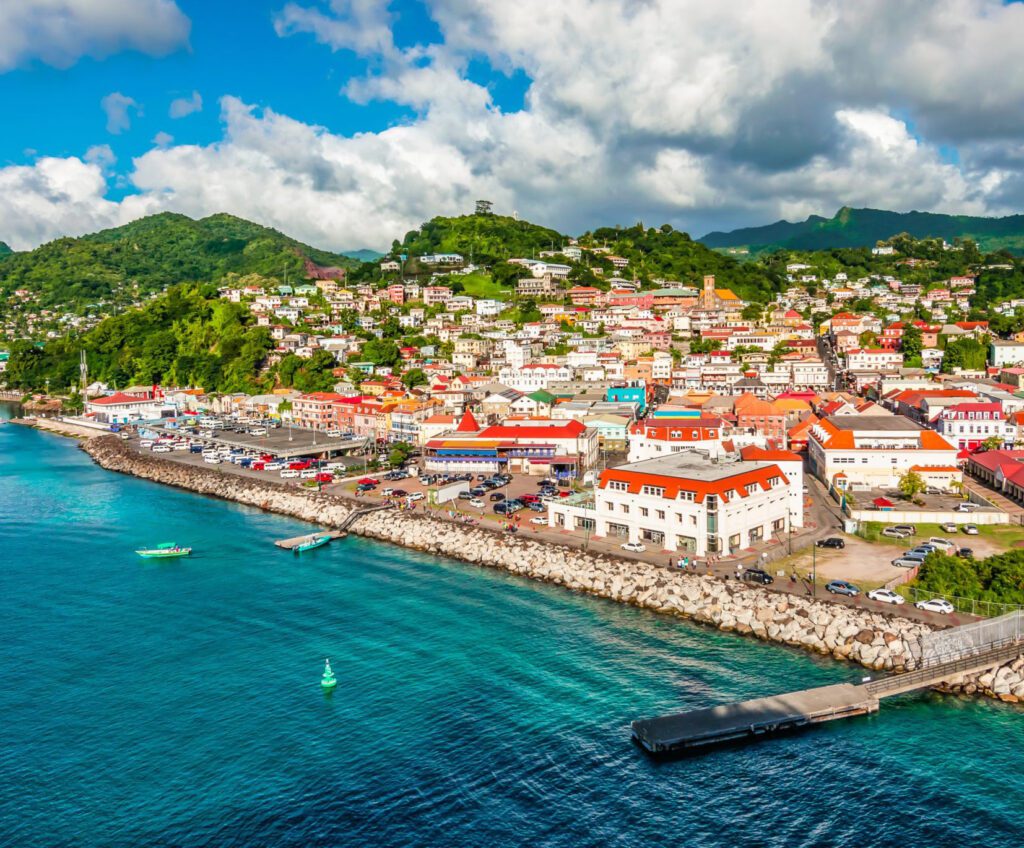From City to Countryside
My first trip to Mongolia, the mysterious landlocked country nestled quietly between Russia and China, was in January 2017. For four weeks, I worked with CESO’s MERIT project in Ulaanbaatar during Mongolia’s coldest time of the year.
Fond memories come cascading back to me: the shocking assault of the pollution upon arrival at the Chingaas Khan Airport; the weekly cultural events at the Opera House; the wonder of the Gandan Monastery, which escaped the massive destruction of Buddhism in the early years of the Mongolian People’s Revolutionary party in the 1930s; the gastronomic delights of the many Mongolian, Korean and Chinese restaurants scattered throughout the city; and the crisp, mountainous sky at the site of the massive Genghis Khan Equestrian Statue.
Once I had settled in, I set out to orient myself on foot. The city quickly presented itself as a modern, bustling metropolis where one can find almost anything that would be available in any large city in the world. As I explored more, however, I began to see the cultural contrasts. There are indeed modern hotels, restaurants and office buildings scattered throughout the city, but there are also many remnants of the old Russian architecture in apartment complexes and office buildings. These are still in use today, but in dire need of upgrades and repair. Ulaanbaatar has gone from boom to bust in the past 10 years and there are many signs of the struggling economy, but the people are friendly and warm and clearly very proud of their country.
Prior to my departure, I had been warned about a few things, particularly in the winter: slipping on icy roads and sidewalks during the winter period–the pollution coats the snow and sidewalks creating a slippery, oil-based surface; walking into open manhole covers, which I frequently passed on my way to work; frostbite, for which I was well prepared, coming from New Brunswick; and car accidents–pedestrians have to be extra careful, even when the traffic lights are green! Traffic volume is exploding in Ulaanbaatar, and I learned very quickly that pedestrians do not have the right of way. The safest way to cross any street is to stick very close to a local and to look straight ahead with confidence and determination! It’s a skill I picked up very quickly…
The air pollution is certainly one of the biggest challenges of being in Ulaanbaatar in the winter. My air-filtering face mask became a natural part of my clothing every day. Though the population of Mongolia is around 3 million, Ulaanbaatar is home to almost half of the population, many whom appear to own their own vehicle. Vehicular traffic accounts for almost 60% of the pollution in the city. The circling district also produces considerable pollution, as 800,000 people live in tents or small shacks and burn coal as their main source of heat. Though my days were busy, I had the opportunity to get out on the weekends to explore the countryside on the outskirts of the city. Many Mongolians escape here on the weekends, where the mountains provide a breath of fresh air.
My true exposure to the countryside, however, came when I was asked to return to Mongolia in May. This time, my assignment was in Choibalsan, Dornod which is an eight-hour drive northeast from Ulaanbaatar. Dornod is the country’s easternmost province, which borders Russia to the north and China to the east, and this felt like the “real Mongolia” to me. The city is spread out along a main street that parallels the Kherdan River, and though many of the buildings are in a state of disrepair and unemployment is high, this is a part of Mongolia where I felt the most welcome. It was here in Choibalsan that I was able to witness to the herding lifestyle. The countryside is dotted with gers–the round portable tents that house Mongolia’s nomadic shepherds–surrounded by massive herds of sheep, goats, horses and camels. It was here that I saw my first gazelles!
After being oriented for a couple of days, I was on my own with a project officer/translator, who turned out to be my salvation. Though I struggled to be understood on many occasions, the people of Choibalsan, from the staff in the Bolor Hotel to the servers in the restaurants, were friendly, smiling and always willing to help. I also realized very quickly that the population is very young; there are small children everywhere, always dressed in their Sunday best. I was stopped frequently on my walks along the river bank to take selfies with school children and young adults. I was also asked by a young man and woman if I would tutor them in English in my spare time, which I did willingly.

On this occasion, my assignment was with the Governor’s Office. The commitment and attention from the Governor, his deputies, the chief of staff and departmental directors was second to none. The success of my project was due to the interest and participation of all the staff as well as the hard work of the local project officer. I left Choibalsan with a heightened understanding of the history and culture of Mongolia and with a yearning to explore more of this mysterious, proud country.


